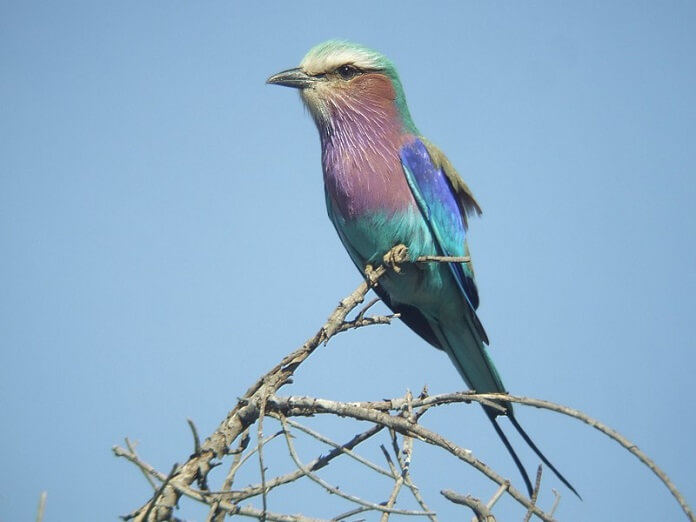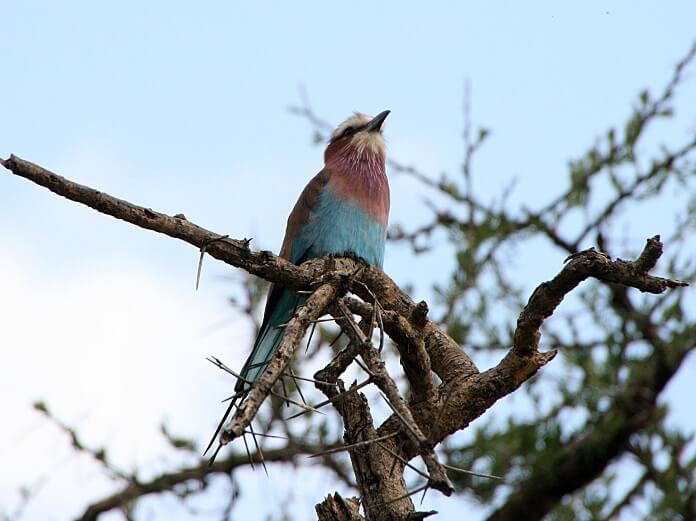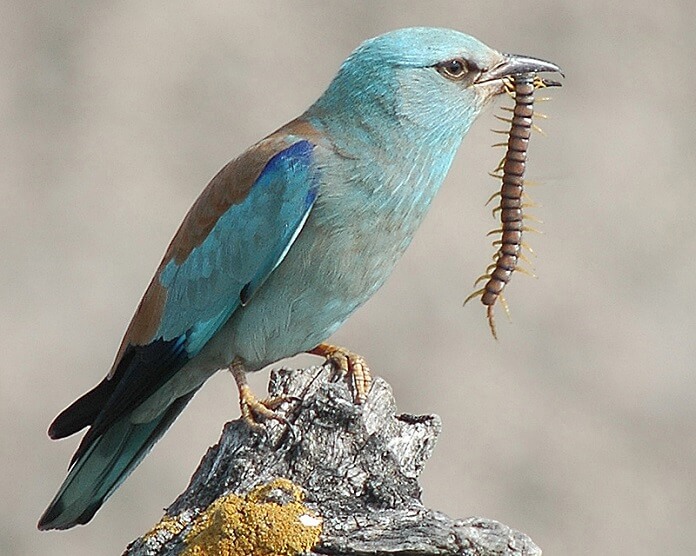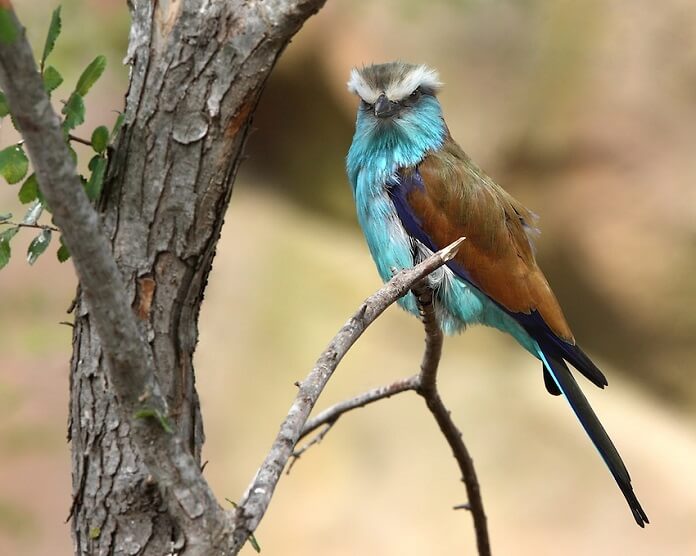The wild lemongrass bird is probably a rather mysterious bird and not known to many people today. However, they are an extremely rare bird species and have very few numbers in our country. And to help you understand more about this special bird, the following articlewill share all information related to the wild lemongrass bird. We invite you to join us to learn more about this bird.
1. Some details about the wild lemongrass bird
Wild lemongrass has the scientific name Coraciidae, an Old World bird similar to today’sThis bird has a striking colorful appearance. They are identified as birds with appearance, size and shape similar to crows. However, they are more closely related to birds belonging to the group of birds such as nightingales, guavas, etc. This bird species in Vietnam as well as in the world is considered one of the rare bird breeds and needs to be preserved. protect.

1.1. Origin of wild lemongrass
This bird species is found quite a lot in countries in Europe, Africa, Australia, the South Pacific and Asia such as: Axam, East Bengal, South China – Yunnan, India, Burma and the Eastern Peninsula. Positive. In Vietnam, they are found in forests in provinces such as Lai Chau, Thua Thien Hue, Quang Tri, Kon Tum, Gia Lai, Lam Dong, Binh Thuan, Ninh Thuan, Dong Nai, Binh Duong and Tay Ninh. .
However, currently the number of this bird species in our country as well as in the world is quite small. Because most of their habitats are affected by human development and encroachment. Therefore, to maintain and grow their numbers, they need to be conserved strictly and effectively.
1.2. Characteristics of wild lemongrass species
Normally, this bird is covered with a layer of light blue feathers. However, when they become adults, the hair color on their body will begin to change according to different parts. Specifically:
- At the top of the head, the green color will gradually change to a lighter color at the eyebrows above the eyes.
- The back, shoulders and wing feathers turn yellow-green brown.
- The feathers of the small and small wing covers are dark brown, the large wing feathers will be light blue, in addition they will have a blue stripe at the bottom half of the primary wing feathers.
- The underparts of the wings are usually dark purple.
- Their hips will be dark blue and their tail will be light blue. In particular, the long tail feathers in the middle will be light brown-green and the other tail feathers will be dark green at the base and light at the end.
- The head and throat will be pale purple, the feathers on the throat will have long white streaks that look very prominent.
- When small, the chest will be purple, when mature it will gradually turn dark brown and the abdomen will be light blue.
- The eyes of this bird are mostly brown, the skin of the eyelid edges, the front and back bare skin will be dull yellow. The beak is black, the legs are light yellow.
- Adult size: Span from 17 – 20cm, body length from 26 – 27cm (including tail), tail length from 11 – 14cm, leg height from 2.5 – 2.8cm, beak length from 3 – 3.8cm .

1.3. Hunting and breeding habits of wild lemongrass birds
This bird likes to live in warm climates, they often nest in holes and cavities of tall trees. Their breeding season starts from March to June every year. During the breeding season, males often fly, dance and sing to attract females. After pairing, they will mate and nest together. Each time she breeds, the female will lay 2 – 4 eggs. The eggs are white and will hatch after about 17 – 19 days of incubation. Young birds will be cared for by their parents for about 30 – 35 days, then learn to fly and live independently.
This species of Lemongrass has the ability to hunt in the air like the curren. They often perch on dry, airy tree branches to observe their prey. They will fly and catch their prey right in the air. The main food of this species is insects, butterflies, dragonflies, worms, pupae, termites… They use their large, sturdy beaks to crush their prey, preventing them from escaping before feeding them.

2. Behavior of wild lemongrass birds
This is a bird that is highly appreciated for its ability to protect its territory. A wild lemongrass bird has a relatively large territory and it often flies and patrols its territory. They often fly in the sky, and they love to show off their outstanding feathers to their opponents. And when there is an intrusion into their territory, they will be ready to attack with dives from above.
This species of bird often lives in pairs, one female and one male and this species is very faithful, their entire life cycle they only live with one female.
3. Wild Lemongrass Bird – outstanding bird – impressive color
It is a bird that possesses an extremely outstanding and attractive appearance. Below we share with you outstanding images of this bird, helping you admire and feel its beauty.

Above, has shared with you all the information as well as helped you know more about the Hopefully, this article has helped you learn more about this special, outstanding and attractive bird. If you have more information related to this bird, please give us your feedback in the comments section, we will receive and respond as soon as possible. Thank you for following this article.





